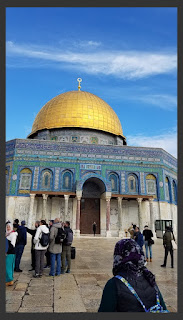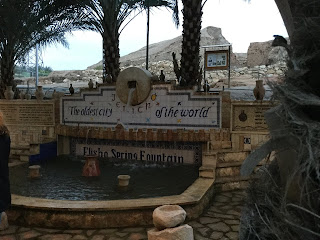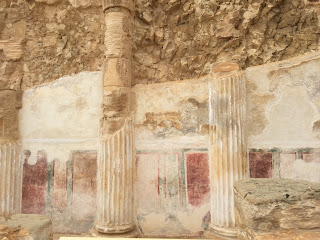Journey to the Galilee
Today we journeyed from Bethlehem to the Galilee, stopping along the way at Mount Tabor (the traditional site of the Transfiguration of Jesus) and Nazareth, the site of the Annunciation to Mary and Jesus’ early life. Along the way, we learned a great deal about the geo-politics of contemporary Israel, as we travelled through Arab cities within Israel, Nazareth being one of the largest with a population of over 85,000. According to Ibrahim, about 65% of Nazareth’s population is Muslim and 35% is Christian; all of them are Arab citizens of Israel. Arabs comprise about 20% of the population in the state of Israel. At the same time, Tiberias on the Sea of Galilee, where we are spending two nights, was a largely Arab city before 1948, but was emptied then and is now 99% Jewish. A major highlight of the day was a mass we celebrated with Father Peter du Brul who is accompanying us on this portion of trip. The setting was a side chapel at the magnificent Church of the Annunciation. I took some





